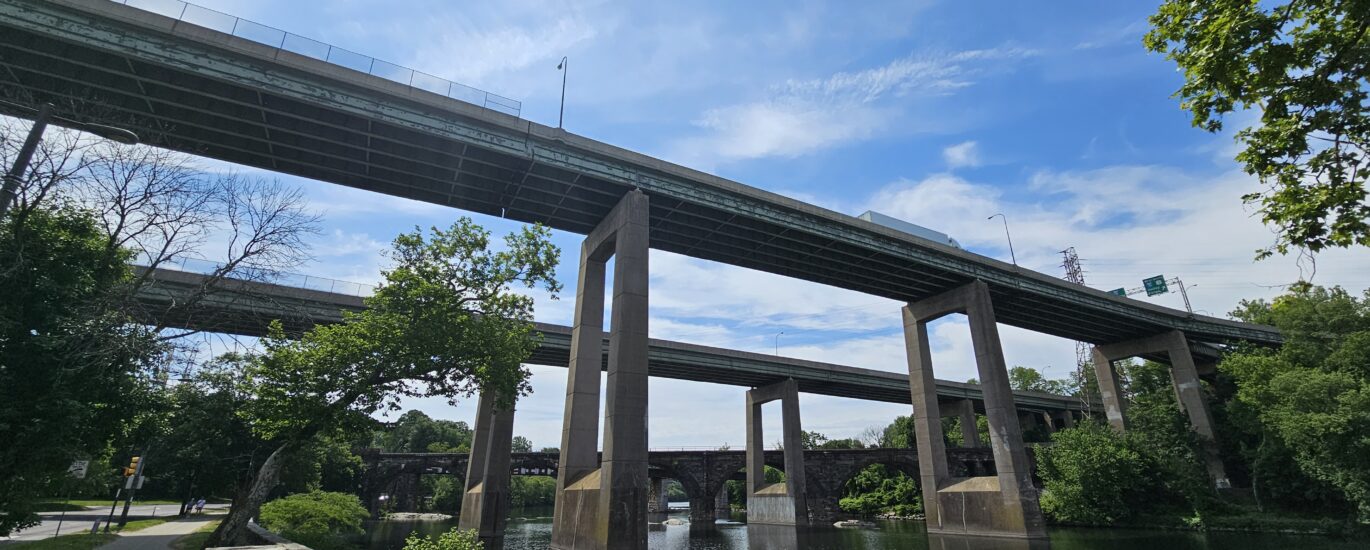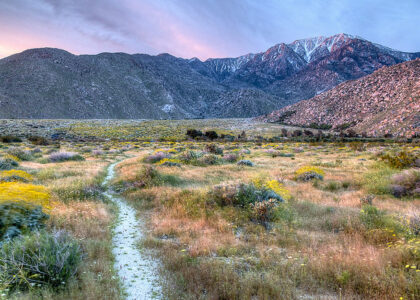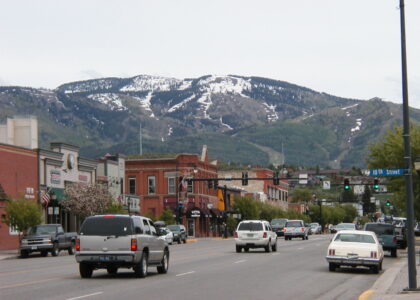Welcome to the Twin Bridges, an integral part of Clifton Park, New York’s landscape and a vital artery in the state’s transportation network. Officially known as the Thaddeus Kosciusko Bridge, named in honor of the Polish-Lithuanian military engineer and a hero of the American Revolution, these bridges carry the Northway, or Interstate 87, over the Mohawk River, connecting the towns of Cohoes and Halfmoon.
The story of the Twin Bridges begins in the mid-20th century, a time when America was experiencing a boom in infrastructure development. The New York State Thruway Authority sought to improve connections between Albany and the expanding northern suburbs. Construction of the bridges began in the early 1950s, and they were completed and opened to traffic in 1959. These structures were part of a broader trend of post-war development that saw the expansion of highways across the United States, making travel more efficient and accessible.
In the years following their opening, the Twin Bridges quickly became a landmark and a critical part of the region’s economic development. As the surrounding areas grew, so did the traffic on the bridges. They have undergone numerous maintenance and upgrade projects to accommodate increasing use and to ensure safety for all travelers.
One notable figure associated with the Twin Bridges is Thaddeus Kosciusko himself, albeit in name rather than presence. Kosciusko, a distinguished military engineer, played a crucial role in fortifying West Point during the American Revolution, an effort that was instrumental in several critical victories. By naming the bridge after him, the Thruway Authority paid homage to his contributions to America’s fight for independence and his engineering prowess.
Over the decades, the Twin Bridges have witnessed the evolution of transportation in New York. From the classic cars of the late 1950s to today’s hybrids and electric vehicles, this crossing has seen it all, standing as a testament to the changing times.
The bridges have also been the site of some significant events. For instance, the massive flooding of the Mohawk River in the mid-1970s tested the resilience of the Twin Bridges, but they stood firm, symbolizing the strength of the community and the ingenuity of their design.
In contemporary times, the Twin Bridges continue to play a pivotal role, not just in transportation but also as a point of local pride. They symbolize connectivity and progress, serving as a reminder of the mid-century optimism that spurred their creation. Their legacy is one of endurance and adaptation, reflecting the broader American story of growth and innovation.
As you pass by or over the Twin Bridges, consider the countless stories they hold, the journeys they’ve facilitated, and their steadfast presence in New York’s transportation history. They are more than mere structures; they are a living part of the area’s heritage, linking past, present, and future.






